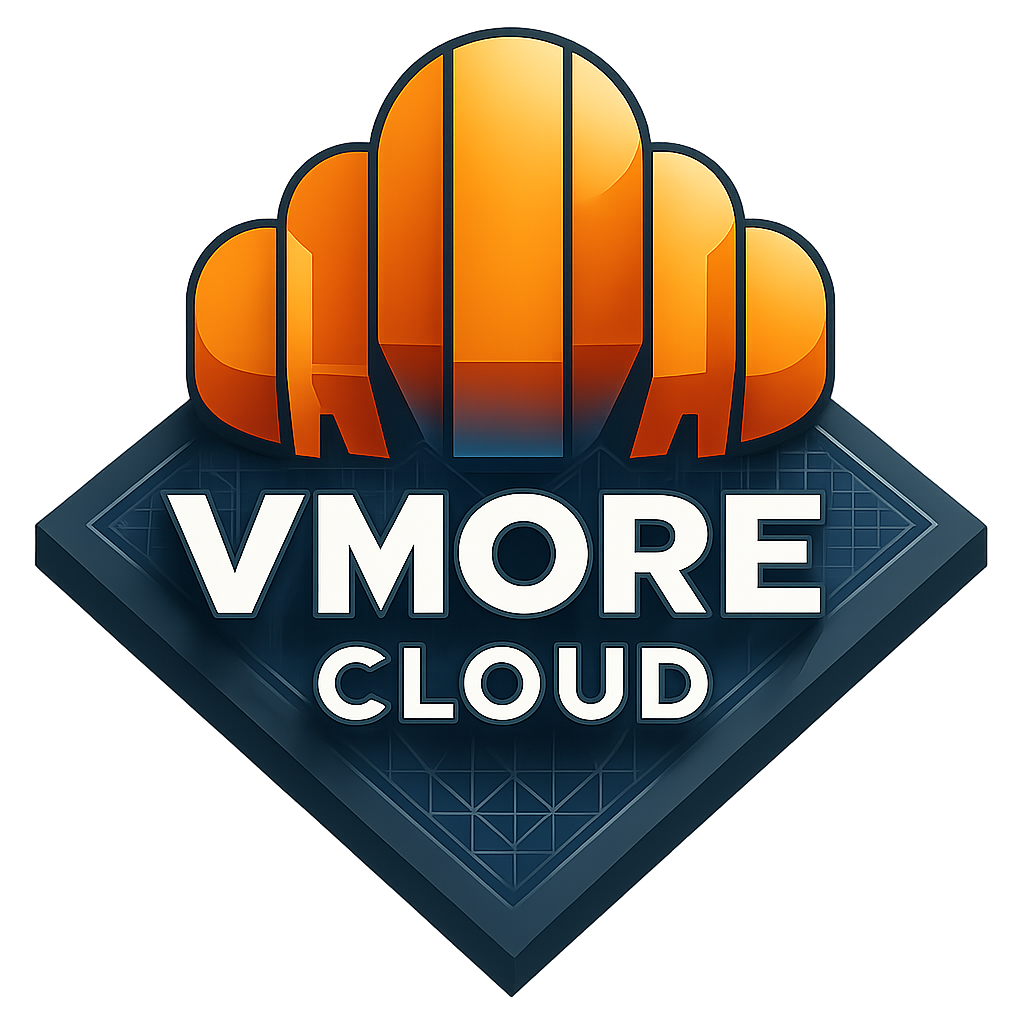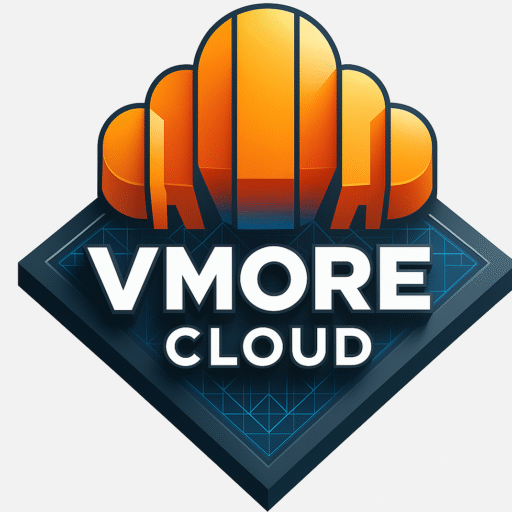Zero Trust Architecture (ZTA) is a security model that operates on the principle of “Never trust, always verify”. This means that no user, device, or network is trusted by default, even if it’s within your network perimeter. In a private cloud environment, implementing Zero Trust is crucial to ensure that security extends beyond the perimeter and consistently verifies every request for access. Below, we’ll discuss the strategy and implementation steps to integrate Zero Trust into your private cloud infrastructure.
Table of Contents
Why Implement Zero Trust in a Private Cloud?
Private cloud environments often involve sensitive data, proprietary applications, and complex network structures that are prone to internal and external security threats. A Zero Trust model is essential for:
- Mitigating insider threats – Protecting against malicious or compromised internal users.
- Improving data security – Reducing the risk of unauthorized access to private cloud resources.
- Enhancing compliance – Meeting regulatory standards by applying granular security controls.
- Addressing modern attack vectors – Securing against lateral movement and sophisticated attacks.
Zero Trust Implementation Strategy for Private Cloud
1. Define the Protect Surface
The protect surface is a critical element in Zero Trust. It refers to the most important and sensitive assets within your private cloud environment, including:
- Data – Sensitive data such as customer information, intellectual property, and financial records.
- Applications – Mission-critical applications and services.
- Infrastructure – Virtual machines, storage, and networking components.
- Users – Employees, contractors, and service accounts with access to critical resources.
Action Plan:
- Identify and classify the critical assets and resources in your private cloud.
- Prioritize protection efforts around the most sensitive areas.
2. Implement Strong Identity and Access Management (IAM)
Identity and access management (IAM) is a cornerstone of Zero Trust. It ensures that only authenticated users and devices can access cloud resources. Key components include:
- Multi-Factor Authentication (MFA) – Enforce MFA for all users to provide an additional layer of authentication beyond just passwords.
- Role-Based Access Control (RBAC) – Assign users access based on roles and the principle of least privilege.
- Single Sign-On (SSO) – Enable SSO for seamless and secure user authentication across systems.
Action Plan:
- Integrate IAM systems (e.g., Active Directory, Okta, or Azure AD) with your private cloud environment.
- Enforce MFA across all entry points, including VPNs and cloud services.
- Use RBAC to ensure users only have access to what they need for their role.
3. Micro-Segmentation and Network Zoning
Micro-segmentation is a key Zero Trust strategy that divides the network into smaller, isolated segments. This limits the ability of attackers to move laterally if one segment is compromised.
- Each segment should have its own security policies and controls.
- Use network zoning to apply different levels of access and security to various resources.
Action Plan:
- Create isolated zones in your private cloud environment based on sensitivity and criticality (e.g., Dev, Test, Production, and database zones).
- Implement firewall rules and network ACLs (Access Control Lists) to control traffic between segments.
- Use micro-segmentation technologies (e.g., VMware NSX, Cisco ACI) to define security boundaries within virtualized resources.
4. Continuous Monitoring and Behavioral Analytics
Zero Trust requires continuous monitoring to detect and respond to threats in real-time. This includes:
- User Behavior Analytics (UBA) – Monitor user activities to detect any deviations from normal behavior.
- Device Posture Checking – Ensure devices meet security standards before granting access.
- Traffic Monitoring – Constantly monitor network traffic for unusual activity.
Action Plan:
- Deploy security information and event management (SIEM) solutions (e.g., Splunk, SolarWinds) to collect and analyze logs across the environment.
- Implement Endpoint Detection and Response (EDR) tools to monitor endpoints and devices.
- Use intrusion detection systems (IDS) and intrusion prevention systems (IPS) to detect and block malicious traffic.
5. Policy Enforcement and Automation
Policies in a Zero Trust architecture are enforced based on the principle of least privilege and continuous verification. Automation helps enforce security policies at scale.
- Access Control Policies – Define policies around who can access what resources under what conditions.
- Automated Policy Enforcement – Automatically block access if security parameters (e.g., device health, user behavior) are violated.
Action Plan:
- Use policy-as-code tools (e.g., HashiCorp Sentinel, Open Policy Agent) to automate security policy enforcement.
- Leverage security orchestration, automation, and response (SOAR) platforms to automate incident response.
- Regularly review and update access policies based on user and resource changes.
6. Secure Application Access
When using private cloud infrastructure, applications often become the primary attack target. Securing application access is vital to ensure that unauthorized users cannot exploit vulnerabilities.
- API Security – Secure APIs with authentication tokens, rate limiting, and access controls.
- Microservices Security – Secure each microservice with mutual TLS and validate all inbound and outbound traffic.
Action Plan:
- Implement API Gateways to manage and monitor API traffic in and out of the private cloud.
- Use service mesh architectures (e.g., Istio, Linkerd) to secure communication between microservices.
- Encrypt data in transit and at rest to ensure data security.
7. Data Encryption and Encryption Key Management
Encrypting data is a fundamental part of Zero Trust. All sensitive data, whether stored or in transit, should be encrypted, ensuring unauthorized parties cannot access it.
- Encryption – Use strong encryption algorithms (e.g., AES-256) to protect data.
- Key Management – Use dedicated key management systems (KMS) to manage encryption keys securely.
Action Plan:
- Implement encryption-at-rest and encryption-in-transit to protect sensitive data.
- Use Cloud KMS or hardware security modules (HSM) for managing keys securely.
- Ensure encryption standards comply with industry regulations (e.g., GDPR, HIPAA).
8. Incident Response and Recovery
A crucial aspect of Zero Trust is the ability to respond to incidents in real-time. Automated response mechanisms and rapid recovery are critical to limiting damage.
- Incident Response Plans – Create comprehensive response strategies for various types of incidents (e.g., breaches, ransomware).
- Backup and Recovery – Ensure regular backups and a disaster recovery plan are in place.
Action Plan:
- Develop an Incident Response Playbook to guide teams in responding to threats quickly.
- Implement regular data backups and test disaster recovery scenarios to ensure business continuity.
Final Thoughts
Implementing Zero Trust Architecture in a private cloud is a continuous journey that requires strategic planning, careful execution, and ongoing monitoring. The goal is to ensure that every access request is properly authenticated, every resource is protected, and all activities are continuously scrutinized for potential threats. By adopting a Zero Trust approach, organizations can enhance their security posture, protect sensitive data, and mitigate the risk of internal and external threats in the cloud.
- Design



